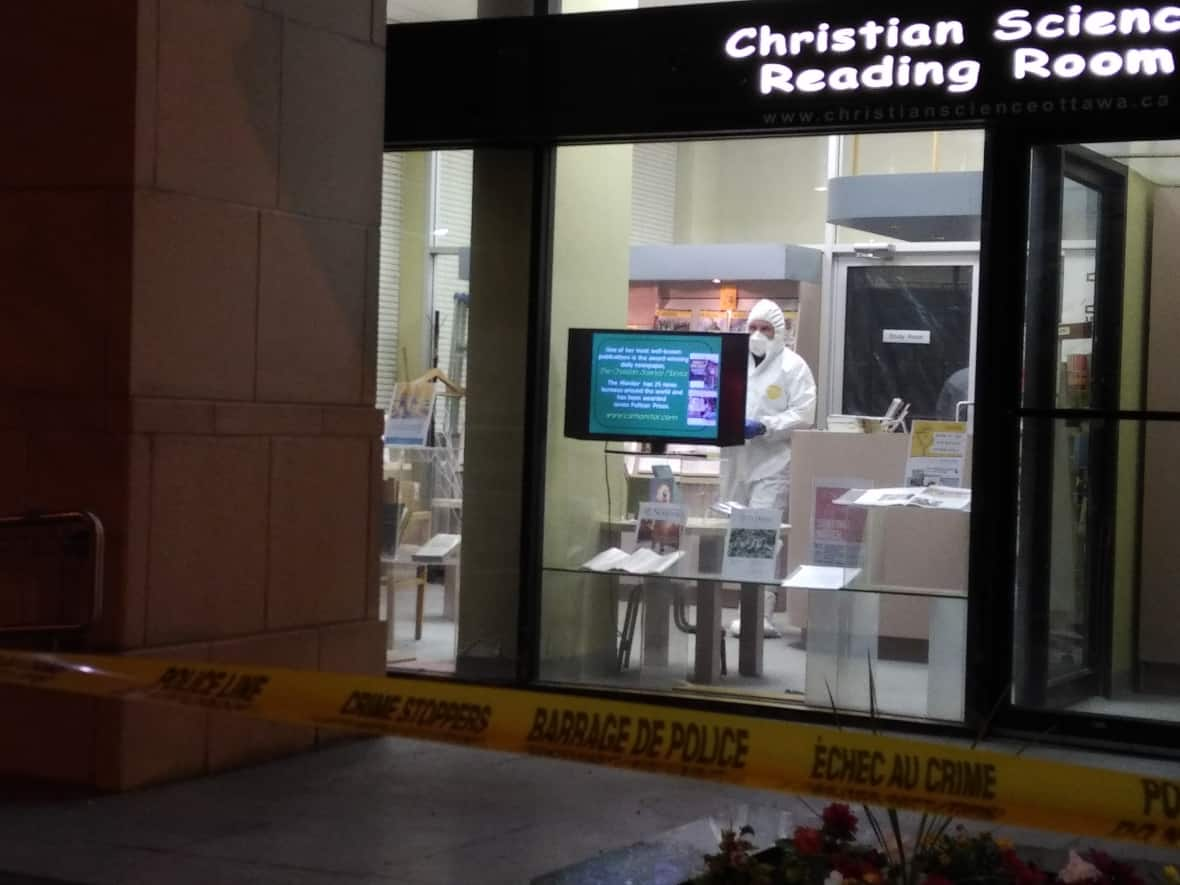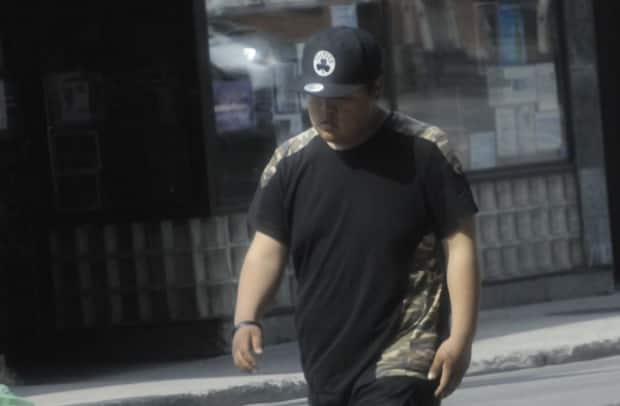Forensic scientist says DNA of murder accused found on victim

WARNING: This article contains graphic content.
A forensic analyst told court at the murder trial of Tyler Hikoalok that DNA from the body of victim Elisabeth Salm was linked to the accused.
Salm, who was 59 at the time of her death, was found beaten at the Christian Science Reading Room where she worked on Laurier Avenue West on May 24, 2018.
Hikoalok, who was 18 at the time, has pleaded not guilty to first-degree murder in the death of Salm.

Melinda Matte, a scientist with the Centre of Forensic Sciences in Toronto, oversaw DNA testing throughout the investigation into Salm's death.
She told court they discovered semen on a sample from an external genital swab collected as part of a sexual assault evidence kit performed on Salm. There was enough material to generate a full DNA profile, Matte said, which police later linked to Hikoalok.
Matte tested other samples that were sent to her by investigators — including swabs from Salm's autopsy and clothing seized from Hikoalok during his arrest.
She found another match for a mixture of Salm's and Hikoalok's DNA from an external labial swab from Salm's autopsy, a bloodstain on Hikoalok's left shoe, and Hikoalok's bracelet.
She also confirmed bloodstains at the Christian Science Reading Room belonged to Salm.
During cross-examination, defence lawyer Michael Smith pressed Matte on the limits to what forensic DNA identification could tell the court.
Matte agreed her testing could not confirm the manner, time or sequence in which genetic material may have been deposited.
She agreed with Smith, who suggested semen found on swabs of Salm's outer genital area could have been transferred there without sexual intercourse.
However, the scientist cautioned the more complex explanations for depositing genetic material are less likely.

Salm was struck while low to the ground, expert tells court
Court also heard this week from Acting Sgt. Violeta Dimova, a detective with Ottawa police's forensic identification unit, who analyzed bloodstain patterns at the scene
Dimova said splatter stains found in the back room of the Christian Science Reading Room originated from the area of a pool of blood — a "saturation stain" on the carpet by a bookcase — when "an external force" was applied to Elisabeth Salm's liquid blood.
She also said it appeared the strikes happened low to the ground — lower than 66 centimetres — because there were splatter stains on the underside of a desk.
Dimova said she could not determine the number of strikes because the "source of blood" was stationary during impact. She also provided the opinion Salm was not moving for an undetermined period of time.
Court has previously received a forensic pathology report on Salm's death that concluded she died of complications of a severe blunt force head injury.
Dimova said Salm's blood was found near a handle of the door connecting the study to a small hallway and on the wall near the glass door that connected that hallway to the Gillin Building's main lobby.
During cross-examination, Dimova said her analysis is not able to contribute to establishing a timeline or sequence of events.
The Crown closed its case Thursday morning. The defence is expected to have the opportunity to call its own witnesses and evidence next week.


